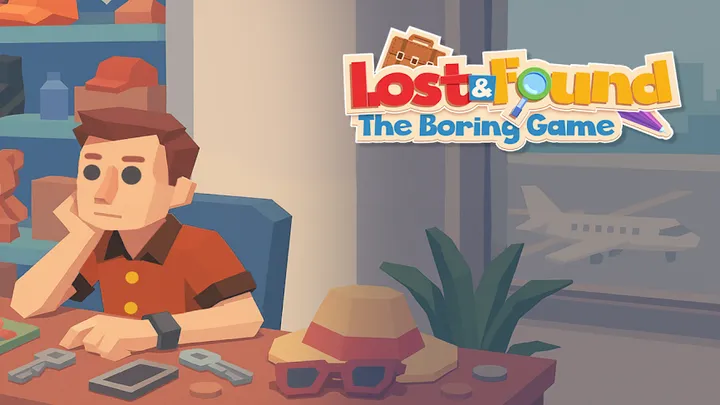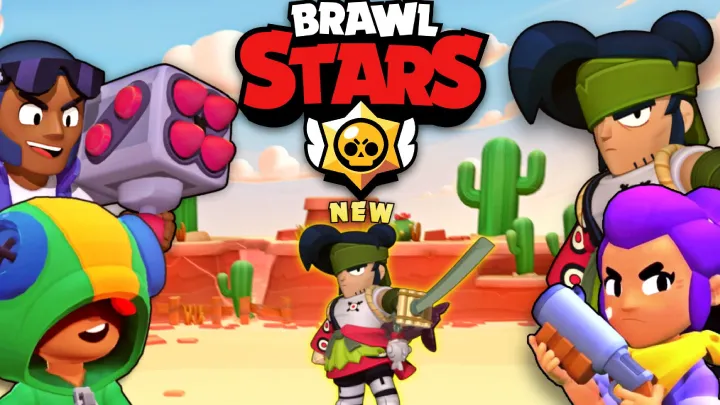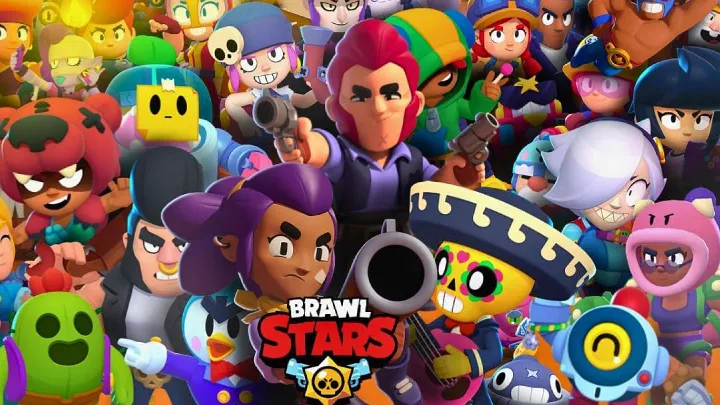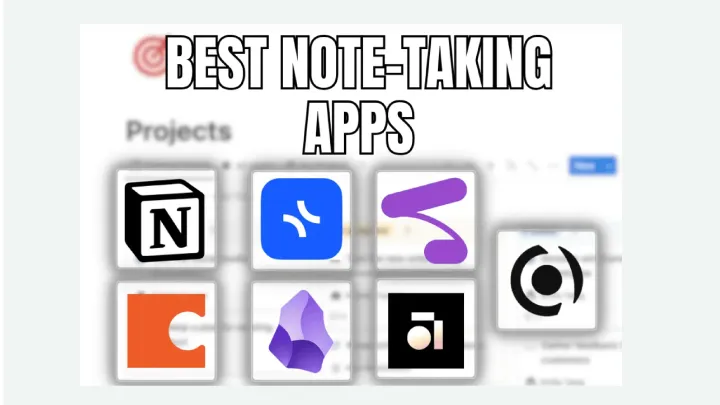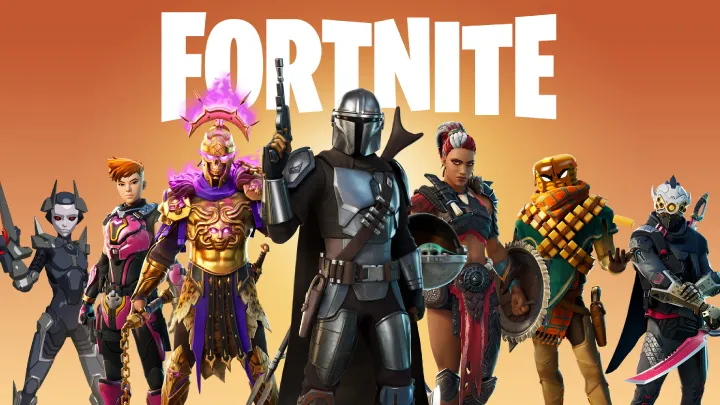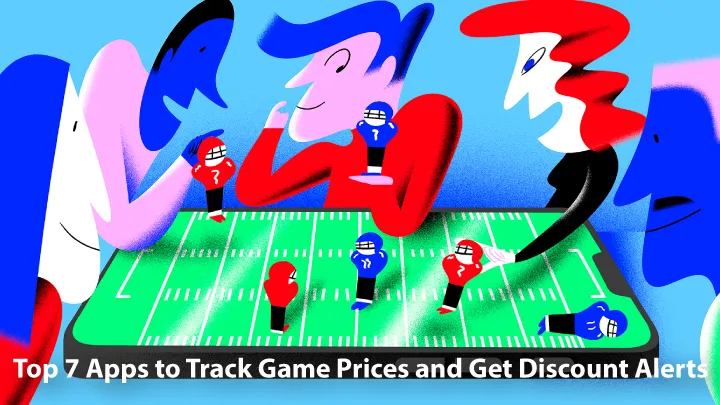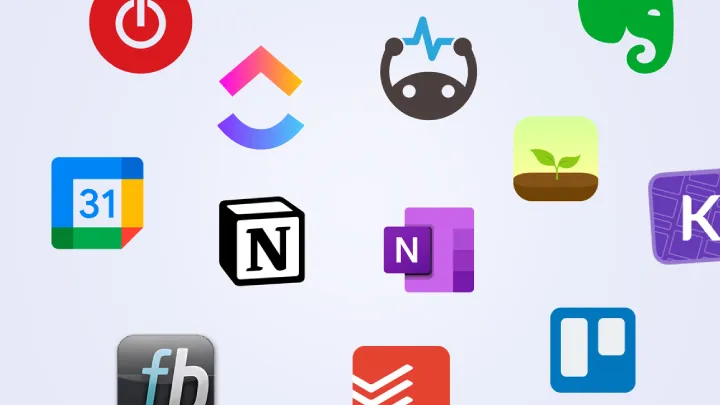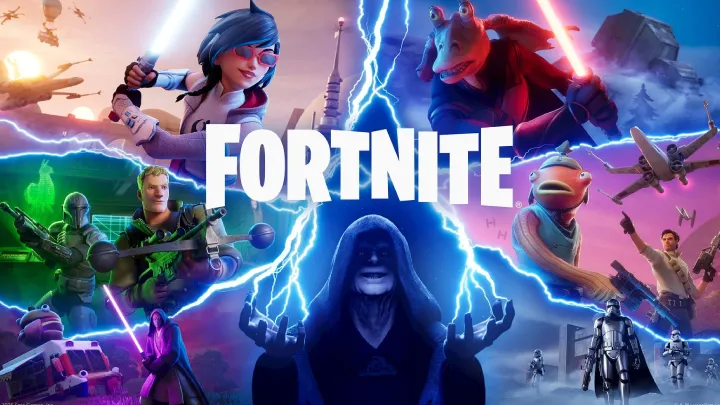The biggest basketball sim on the planet isn’t just a game—it’s a marketplace. In NBA 2K24, the on-court action is woven tightly into an economy powered by VC (Virtual Currency) and MyTeam’s card-driven ecosystem. If you’re new to the series, that can feel dizzying. If you’re a veteran, you already know how the fine print of this economy shapes everything: how you build your MyPLAYER, how you compete online, what cards you chase, and how you spend your time (and money).
This article breaks down how 2K24’s virtual economy really works—mechanics, incentives, sinks, inflationary pressures, and the psychology behind it—then offers a pragmatic playbook for engaging with it on your terms. Think of it as a field guide to the business of basketball gaming.
1) VC: The Currency That Touches Almost Everything
VC (Virtual Currency) is the backbone of NBA 2K24. You earn it by playing games, completing challenges, and through limited-time events. You can also buy VC with real money. VC funds:
- MyCAREER progression (attributes, animations, badges via badge progression systems, and some cosmetic items).
- MyTEAM pack openings (indirectly, when you convert VC to packs) and occasionally entry fees for certain modes.
- Cosmetics (apparel, animations, accessories) that double as both expression and status signals in online spaces.
A few key characteristics of VC in 2K24’s economy:
- It’s semi-universal: VC is the most flexible currency in the ecosystem; many high-value sinks are denominated in VC.
- It’s demand-driven: New Seasons, limited-time events, and meta shifts heighten demand. When a new dunk package or jump shot animation becomes the hot pick, demand for VC spikes—even if only to test it.
- It’s time vs. money: Nearly every meaningful use of VC can be reached via grind or purchase. That duality is the core design: your time can be swapped for money, and your money can collapse time.
Implication: VC is engineered to always feel scarce. The game continually presents just one more thing worth buying—another attribute bump, a new animation, a card pack drop, a cosmetic tied to a seasonal theme. If it’s not urgent today, it will be tomorrow.
2) MyCAREER and the Cost of Becoming “NBA-Ready”
Creating a competitive MyPLAYER has never been purely about skill; it’s also about investment. The path looks like this:
- Attribute Upgrades: The cost curve is non-linear. Going from “good” to “great” can be many times more expensive than going from “average” to “good.” This encourages early spending to feel viable and late spending to chase the final margins that differentiate you in competitive modes.
- Badges and Animations: Badges are primarily progressed through gameplay, but their practical impact is comparable to attributes, and animations (dunks, dribbles, shots) act as pseudo-power-ups that alter playstyle and effectiveness.
- Build Experimentation: 2K24’s meta shifts over Seasons, balance patches, and community-discovered tech. That nudges players to create new builds—and each build is another VC sink.
Economic takeaway: The marginal cost of competitiveness compounds. You’re nudged to spend VC early to be viable, then spend again to remain optimal as the meta evolves or as you discover the specific badge/animation cocktail that suits your play.
Practical mindset: Plan your build with ruthless specificity. Know your role (point-of-attack defender? secondary shot creator? pace-and-space big?) and avoid “hybrid” builds that demand attribute investments in too many places. Every point you spread is more VC burned.
3) MyTEAM as a Live Trading Card Market
MyTEAM is a collectible card mode that functions like a constantly evolving stock market. There are three pillars:
- Supply: Packs, promos, Season drops, and special events introduce new cards and rarities. Locker Codes and single-player grinds add trickles of supply.
- Demand: Driven by meta value (how good the card is in comp play), scarcity (limited drops, lock-in sets), and social hype (content creators, tournament chatter).
- Liquidity: The Auction House (where available) converts your cards into a tradable economy, letting prices reflect real-time sentiment.
Cards have utility value (how well they perform) and collector value (rarity, set completion, lock-in rewards). A meta-defining guard with elite sigs and badge combos can command a premium far beyond a similar-rated player who lacks those specifics.
Design levers that matter:
- Power Creep: Later Season cards often eclipse earlier ones, pressuring you to keep up.
- Set Lock-ins: Commit multiple cards to complete a set; the reward card is un-auctionable. This is a classic sink that removes liquidity while creating demand for specific inputs.
- Event Cards/Agendas: Time-limited grinds that funnel attention—and therefore value—toward certain items.
Psychological lever: Anticipation. Weekly reveals and Season refreshes produce a “what if I miss out?” loop. Even rational, patient players feel the pull.
4) Packs, Probabilities, and Perception
While exact pack odds and configurations vary by release and promotion, the broader economics of packs follow familiar free-to-play patterns:
- Headline odds showcase the chance of landing a top-tier tier or rarity. Even when disclosed, the expected value (EV) of a single pack is typically negative compared to the Auction House price of the chase card—by design.
- Bundle Incentives can sweeten the EV slightly via guarantees, but EV remains negative on average. The intended behavior is volume—open enough packs and variance might favor you.
- Asymmetric Outcomes: One jackpot card can cover many bad opens, which keeps hope alive. The experience mirrors lottery-like dynamics without strictly being a lottery.
Responsible lens: You are not “buying cards.” You are purchasing variance. If you want a specific card and an Auction House exists in your edition/region, the market is almost always more rational than packs.
5) Sinks, Sources, and Inflation Control
Any healthy game economy balances sources (ways currency enters) with sinks (ways currency leaves). In NBA 2K24:
- Sources of VC/MyTEAM Value: Playing games, daily bonuses, Quests/Agendas, limited-time events, Season rewards, Locker Codes, and direct purchase (VC).
- Sinks: Attribute upgrades, animations, cosmetics, pack openings, entry fees, set lock-ins, and quick-sell taxes/fees (in Auction House ecosystems).
Inflation Controls 2K Uses:
- Time-Limited Rewards keep churn high—missed content doesn’t keep inflating supply forever.
- Auction Taxes/Fees (where applicable) remove value each transaction, dampening price spirals and bot-fueled flipping.
- Power Creep and Obsolescence prevent older items from retaining high prices indefinitely.
Player experience: Inflation feels different per mode. In MyCAREER, inflation is “felt” as the rising VC bar to keep a build meta-relevant. In MyTEAM, inflation (or deflation) shows in card prices after big drops, supply shocks, or power creep waves.
6) The Season Model: Scheduled Demand
Seasons are the live-service heartbeat. Each Season delivers:
- New rewards tracks that demand engagement across game modes.
- Thematic content (cards, cosmetics, challenges) that re-index community attention.
- Meta ripples—fresh cards, badge tuning, or animation releases that shift “best-in-slot.”
From an economic perspective, Seasons schedule demand spikes. This makes the economy highly predictable for the developer and thrilling (or exhausting) for the player. If you opt into the seasonal race, you’ll likely spend more time (and VC) during the first two weeks, stabilize mid-Season, and re-engage heavily at end-of-Season deadlines.
Best practice as a player: Treat Seasons like sprints you choose—not obligations. Pick the Seasons and reward tracks that align with your goals and stop when the marginal reward per hour drops below your comfort threshold.
7) Monetization Psychology: Scarcity, FOMO, and Social Proof
The virtual economy is shaped as much by psychology as by math. NBA 2K24 uses well-understood patterns:
- FOMO: Limited-time cards, locker codes, and Season deadlines create a now-or-never tempo.
- Social Proof: Park/City fashion, animations, and meta cards broadcast status. Seeing others cook with a top-tier card or dribble style pressures you to chase parity.
- Commitment & Consistency: Once you’ve invested VC in a build or locked a set, you’re more likely to keep spending to “finish the job.”
- Near-Miss Effect: Close calls in packs or narrowly losing to a lineup with that one card spur “one more try.”
Recognizing these levers isn’t about cynicism; it’s about agency. When you see the mechanism, you can decide if it’s worth your time or money.
8) Free-to-Play vs. Pay-to-Compete: Finding Your Lane
It’s completely viable to enjoy NBA 2K24’s economy without spending beyond the base game, but the experience curve changes:
- No-Spend Path: You’ll rely on skill, efficient grinding, Auction House flipping (if available), and savvy timing around Season drops. You’ll lag early but can catch up mid-Season if you target undervalued builds/cards.
- Low-Spend Path: Strategic VC buys at key moments (e.g., launch of a new build; specific meta card) can “unlock” your momentum without spiraling.
- High-Spend Path: You get time back and access to immediate power, but you still need skill, game knowledge, and meta literacy. Money shortens the path; it doesn’t play the game for you.
Honest reality: The virtual economy is tuned to make low/zero spend feel slower—not impossible. The skill ceiling still matters a lot in both MyCAREER and MyTEAM, especially once you face opponents who also understand the meta and mechanics.
9) The Auction House: Price Discovery in Motion
Where the Auction House (or equivalent player marketplace) is available, it becomes the single most important tool for closing the gap between time and power.
Core strategies:
- Index to Events: Prices move around pack releases and lock-in announcements. Buy the rumor, sell the news. After a hyped drop, many mid-tier cards get temporarily undervalued.
- Liquidity & Spread: Focus on cards with high daily volume to minimize spread (difference between bid and ask). Thinly traded cards can trap your capital.
- Tax-Aware Trading: Build tax into your profit targets. If there’s a 10% sink on sales, a small flip can easily become a net loss.
- Meta Timing: When a content creator discovers a meta sig or badge combo on a card, the price can spike. If you’re early, ride the wave; if late, avoid buying the top.
Risk management: Never commit all your MT (MyTEAM currency) to a single speculative bet. Diversify across tiers and exit quickly if the thesis fails (e.g., a better card drops next week).
10) Grinding Smart: Time-Value Optimization
Even if you prefer not to spend, you can optimize your grind:
- Stack Rewards: Choose activities that give VC, Season XP, and mode-specific progress simultaneously.
- Targeted Agendas: In MyTEAM, knock out multi-objective challenges that intersect (e.g., score with a certain team while also hitting a stat milestone).
- Difficulty Efficiency: Play on the highest difficulty you can beat consistently for better per-minute returns—in both VC and agenda progress.
- Event Windows: Limited-time events often boost earnings. Plan your heaviest sessions during these windows rather than spreading effort thinly all week.
Toolkit mindset: Treat your time like a budget. Where do you get the highest value per hour toward your specific goal (better build, competitive lineup, or cosmetic flex)?
11) Build Economics: Why “One Perfect Build” Rarely Stays Perfect
A recurring frustration with MyCAREER is feeling forced into multiple builds. From an economic design standpoint, that’s not accidental:
- Meta Evolution: Badges and animations rise and fall in popularity. New Season content can shift the landscape, making specialized builds more desirable.
- Role Specialization: In organized play (Pro-Am, Rec), teams want specialists (locks, rim protectors, pick-and-roll ball handlers). Specialization means different attribute thresholds.
- Badge Thresholds: Specific badge levels often require precise attribute thresholds; hitting them on one build may mean compromising elsewhere.
Financial advice for builders:
- Start with a “Career Core” build—the role you enjoy most.
- Plan a “Counter” build to handle your toughest matchups (e.g., a lock to complement your shot-creator).
- Delay the third build until you feel a clear meta shift or your squad role changes. Avoid building “just because.”
This approach minimizes sunk-cost regret and keeps you competitive without constantly resetting your VC budget.
12) Cosmetics and Social Signaling
Cosmetics—fits, shoes, animations—are more than fashion. In the social geography of The City/Neighborhood:
- Identity: Fashion reinforces identity (team colors, brand alignment) and communicates your playstyle.
- Status: Rare event items or Season-limited cosmetics serve as badges of honor—proof of commitment or savvy.
- Community Culture: Fashion trends move through TikTok/YouTube and park culture, creating micro-economies of attention.
Budgeting tip: If cosmetics matter to you, earmark a fixed VC slice (say, 10–15% of your VC inflows). That prevents fashion spending from cannibalizing performance upgrades.
13) Ethics, Regulation, and the “Gamble Adjacent” Debate
Sports card modes exist in a grey zone of policy conversations worldwide. While NBA 2K24 discloses odds and uses in-game currencies, critics argue that pack mechanics:
- Normalize chance-based consumption for minors.
- Leverage near-miss and limited-time levers similar to gambling products.
- Create social pressure that blurs informed consent, particularly in teen communities.
Proponents counter that:
- Packs are optional; competitive access is still possible via grinding and trading.
- Disclosures and parental controls provide transparency and agency.
- The Auction House (where present) offers a non-random path to specific cards.
Wherever you stand, it’s wise to self-govern: set monetary caps, consider opportunity cost, and prioritize fun over FOMO.
14) Comparing 2K’s Economy to Other Sports Titles
Putting NBA 2K24 in context:
- FIFA/EA Sports FC Ultimate Team: Larger global scale, more aggressive content cadence, strong SBC (Squad Building Challenge) sinks. Price volatility is extreme around promos.
- MLB The Show Diamond Dynasty: Generally more player-friendly earnings and grind paths; content cadence is steady and generous, with a robust offline track.
- Madden Ultimate Team: Similar pack-driven economy with sets and power creep, though gameplay meta and community size differ by region.
2K24 sits in the middle: generous enough to play without spending, but clearly tuned to reward frequent engagement and strategically timed purchases.
15) A Practical Playbook: Thriving Without Overspending
Here’s a distilled, actionable guide.
For MyCAREER
- Lock Your Role Before You Spend: Decide your primary role and target badge thresholds; avoid early “test builds.”
- Front-Load Core Attributes: Get to “viable” quickly (e.g., key shooting thresholds, essential defensive stats), then slow down spending.
- Buy Animations After Testing: Use freeplay/scrimmage to test timing windows and sig packages before committing VC.
- Exploit Double XP/VC Events: Schedule your longest sessions around them.
- Cap Cosmetic Spend: Fix a monthly VC budget for fashion so you don’t dip into performance.
For MyTEAM
- Plan Your Season Path: Identify the 2–3 rewards you truly want; reverse-engineer the agendas needed.
- Use the Auction House as Your Friend: Buy specific cards rather than rolling packs. Flip only high-liquidity items.
- Don’t Lock Early: Lock-ins remove flexibility. Avoid until you’re sure the reward transforms your lineup.
- Sell the Hype, Buy the Dip: Offload meta cards just before a big content drop; rebuy after the market floods supply.
- Diversify Your MT: Keep some liquid MT for opportunistic snipes and emergency upgrades.
Mental Finance
- Set a Hard Cap: Whether $0 or $20/month, decide in advance. Treat it like a streaming subscription, not an impulse tap.
- Track Value per Hour: If an activity feels like a slog, redirect to something more rewarding—even if the raw currency return is lower.
- Define “Enough”: The economy is designed to make “more” always look better. Create your stop rule (e.g., “One build at 92 OVR, one backup at 88”).
16) The Business of 2K: Why the Economy Is Built This Way
It’s helpful to see the studio incentives:
- Revenue Stability: VC purchases and Season Pass–style behaviors smooth revenue over the year, not just at launch.
- Engagement Loops: The more you engage, the more likely you are to spend (and vice versa). Events, Seasons, and cosmetics create daily/weekly reasons to log in.
- Content Leverage: A new signature animation or badge tuning pass has huge economic leverage—small dev cost, large engagement impact.
- Community Marketing: The best ads are your highlights and your drip in social spaces. Cosmetics and dominant cards create shareable moments that double as marketing.
This isn’t nefarious on its face—it’s the free-to-play toolbox adapted to a premium sports game. The friction arises when players feel compelled to pay to keep pace rather than to express themselves or save time.
17) Risk Zones and Red Flags to Watch
- Chasing Every Drop: You don’t need every “must-have” card or animation. Overbuying kills liquidity and increases regret.
- Over-Levered Builds: Starting a third or fourth build before the first two are truly finished is a VC sinkhole.
- Pack Tilt: After a bad pack run, the urge to “make it back” is powerful. Step away. Evaluate calmly.
- Illiquid Stashes: Hoarding cards that don’t move daily can trap MT you’ll wish you had later.
- Meta Whiplash: Don’t pivot builds/cards on every rumor. Wait for proof (comp play, trusted creators, patch notes).
18) Advanced Tactics: Playing the Edges of the Economy
If you enjoy the market itself, these tactics can add depth:
- Event Arbitrage: When an agenda requires, say, 30 assists with a certain team, cards from that team with good passing stats spike. Pre-position inventory before announcements (risky) or act immediately after (safer, smaller gains).
- Stat-Synergy Shopping: Some cards are underpriced relative to their badge/animation “package.” Learn which sigs drive performance and shop for undervalued combos.
- Night-Market Sniping: Off-peak hours can offer mispriced listings. Only do this with liquid cards and strict profit thresholds.
- Rotation Discipline: Decide a weekly “sell window” to roll aging inventory before the next content wave hits.
19) The Fun Factor: Designing Your Own Win Condition
It’s easy to treat the economy like a second job. Re-center on why you play:
- Competition: If ranked/comp is your joy, channel most resources into two synergistic builds or a tight 8–10 card MyTEAM rotation.
- Collection: If you love collecting, define themes (teams, eras, archetypes). This makes spending feel purposeful and satisfying.
- Content Creation: If you make videos/streams, budget for experimentation; novelty is part of your output.
- Social Play: If you run with friends, align builds for team synergy. Winning with friends is the best ROI in gaming.
Your win condition defines what value means. The economy then becomes a tool, not a trap.
20) Looking Ahead: What Might Change Next
Live-service sports games iterate annually, but the economic DNA tends to persist with refinements:
- More Transparent Progression: Expect continued pushes for clearer odds, more visible value in Season tracks, and better new-player funnels.
- Targeted Subscriptions: Beyond stand-alone VC, watch for curated bundles or passes that bundle cosmetics with XP boosts at predictable prices.
- Mode-Specific Currencies: To reduce cross-mode friction, some systems may isolate progression currencies more cleanly—or, conversely, unify them to increase flexibility.
- Anti-Bot/Anti-Fraud Systems: Stricter Auction House verification and trading limits to stabilize markets.
- Social Spaces as Storefronts: Deeper integration of brand partnerships and cultural drops (shoes, apparel, music) to make cosmetics even more central.
Each tweak rebalances time, money, and status. The best defense remains the same: clarity about your goals and a firm grip on your budget.
Final Thoughts: Playing the Market Without Letting It Play You
NBA 2K24’s virtual economy is meticulously tuned to keep you moving: one more attribute, one more pack, one more card to complete the set, one more Season to chase. It’s a clever machine, and—when you engage on your terms—it can also be a rewarding game within the game.
Use VC to enable your playstyle, not to chase every shiny object. Treat MyTEAM like the trading market it is: buy specific value, sell hype, keep liquidity. Anchor yourself with clear goals, fixed budgets, and a personal definition of “enough.”
Do that, and you’ll discover the best version of 2K’s economy: a playground of choices, a canvas for skill, and a way to enjoy basketball culture that doesn’t require you to spend more than you intended.






